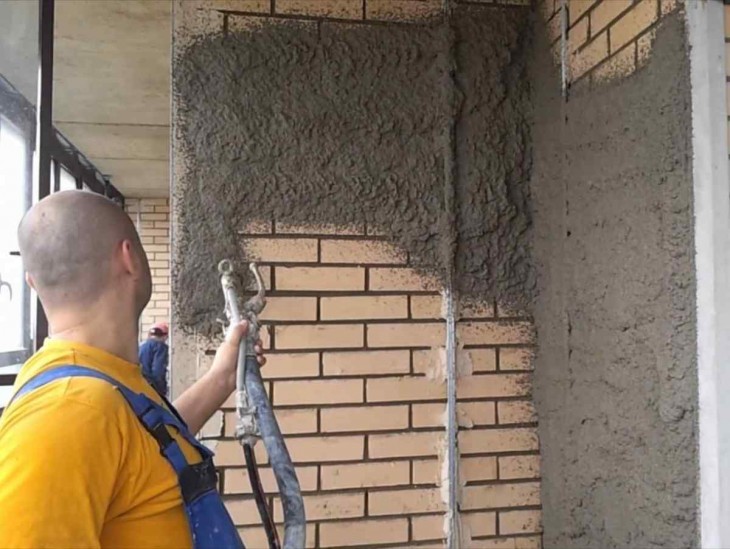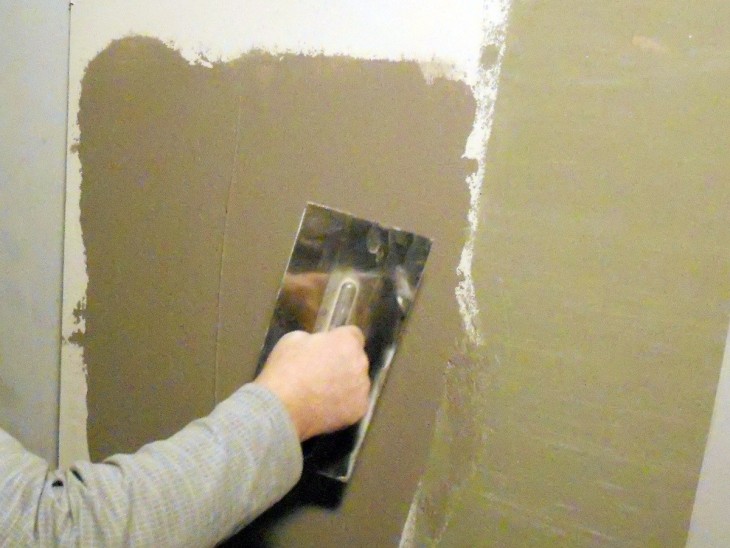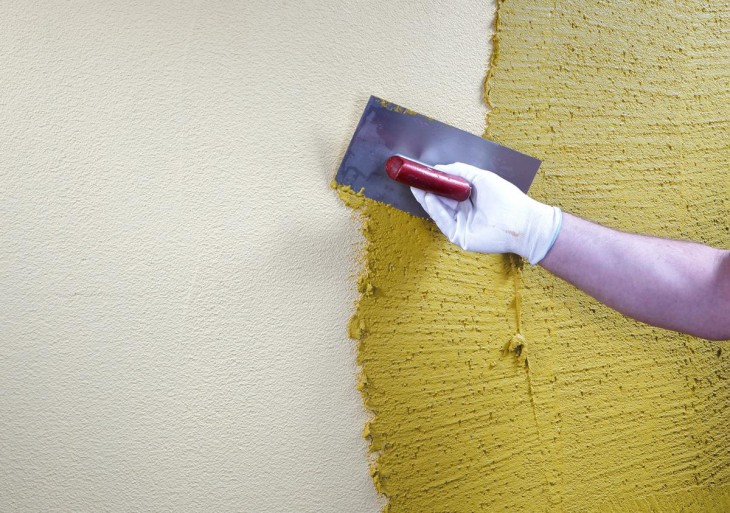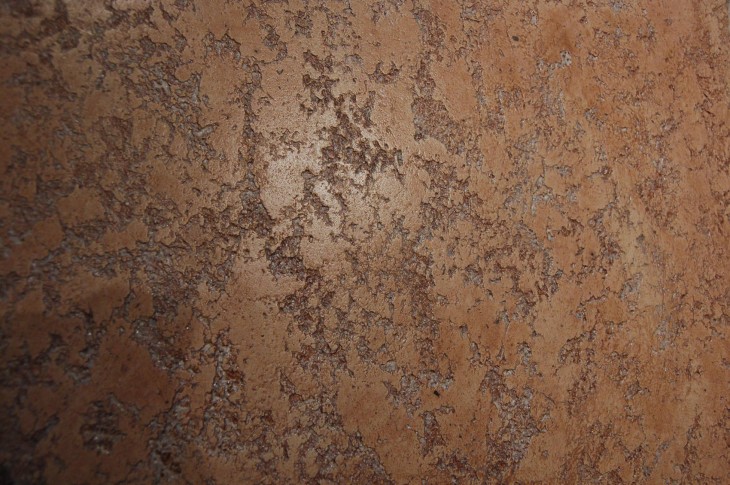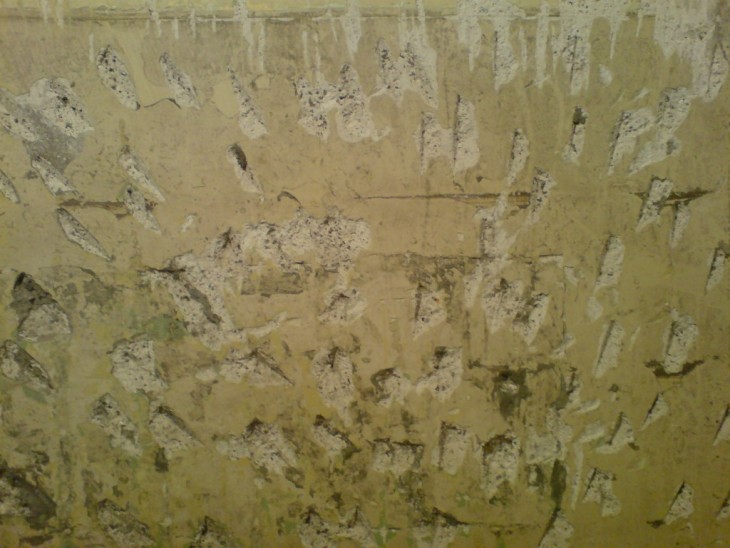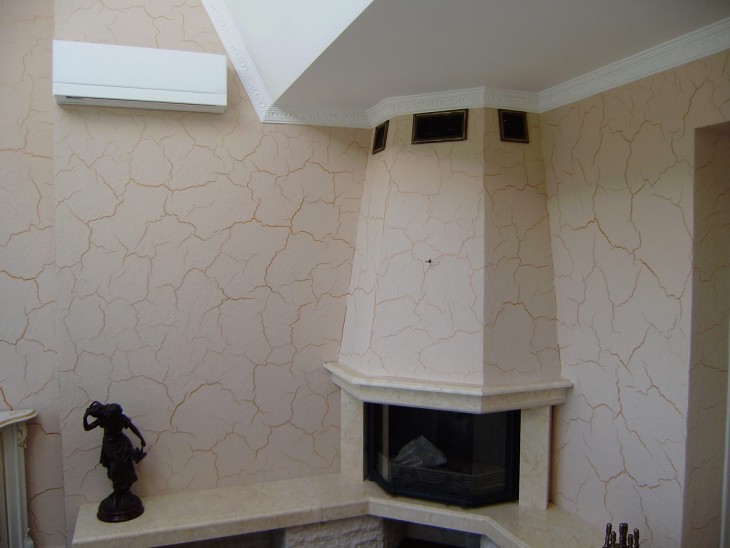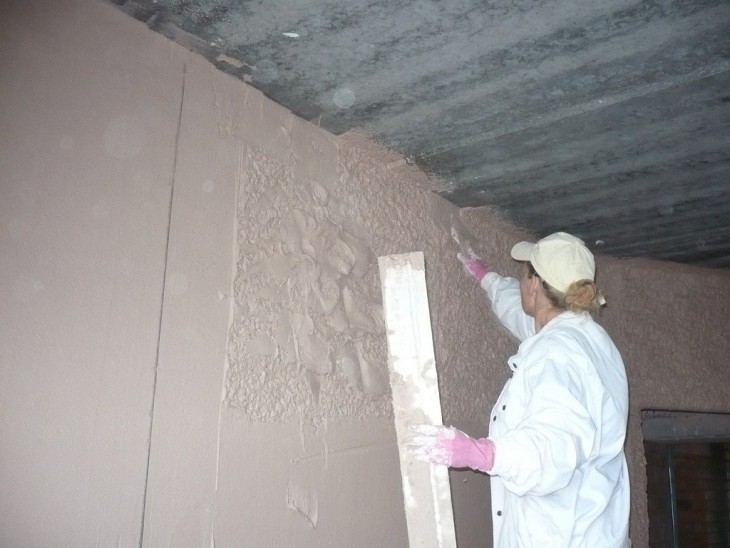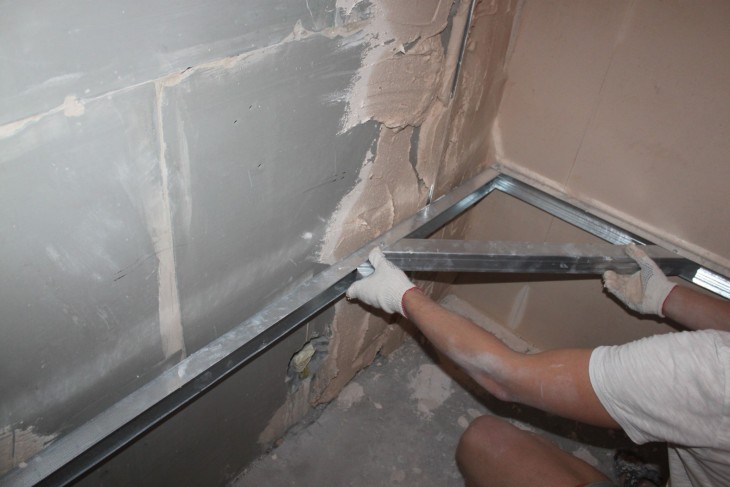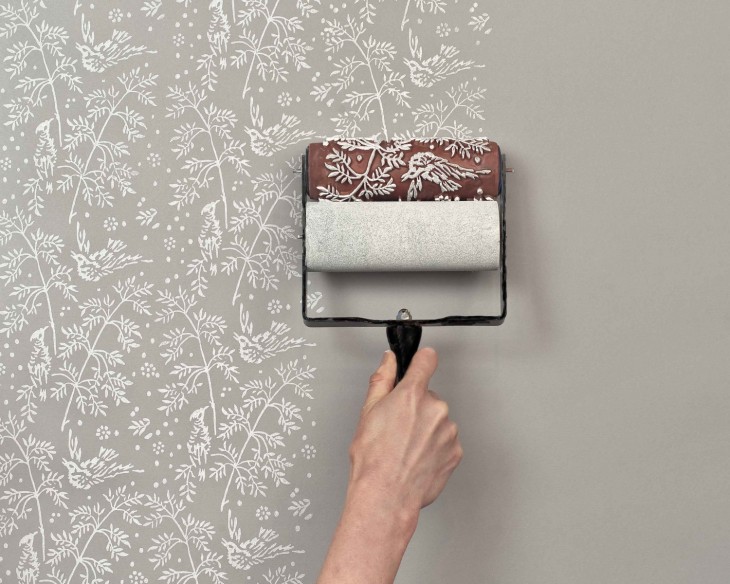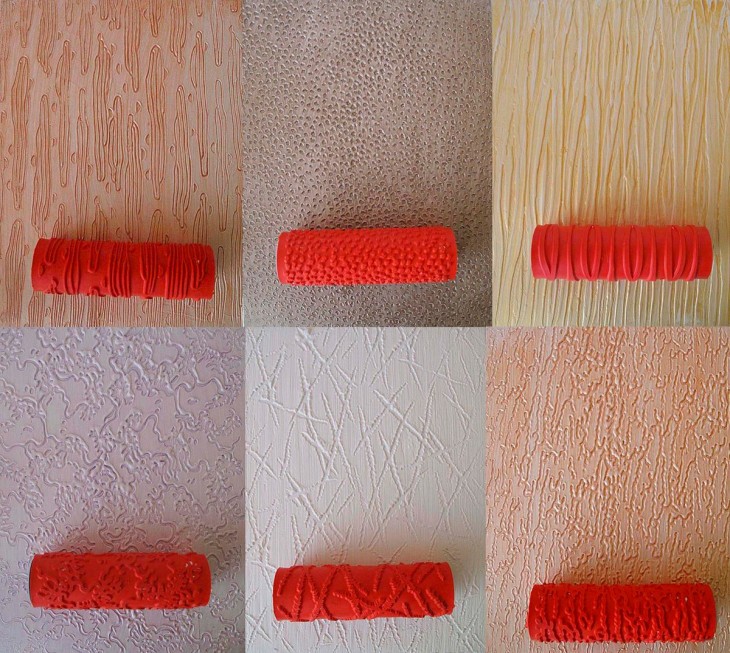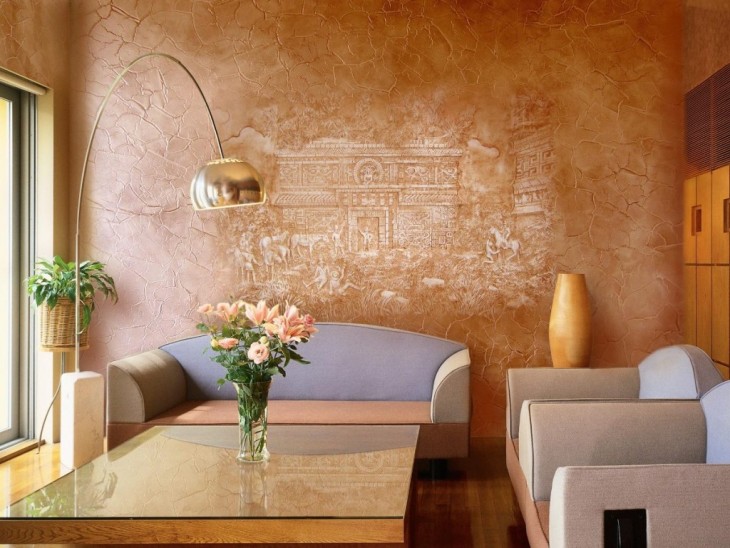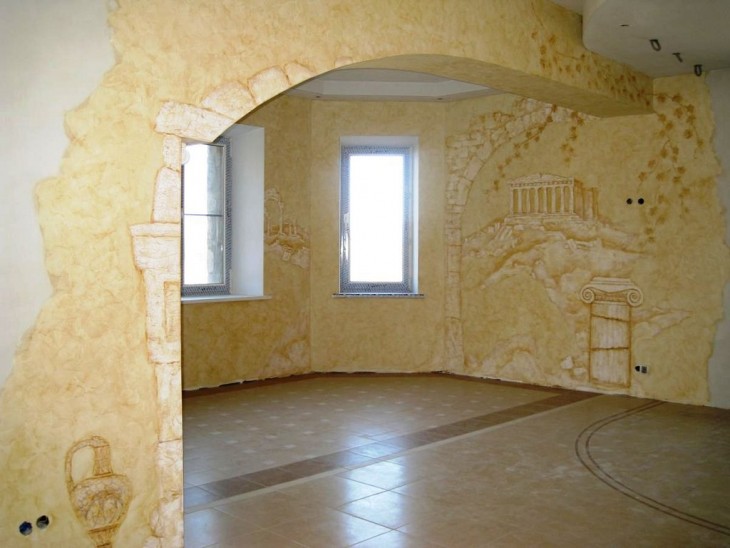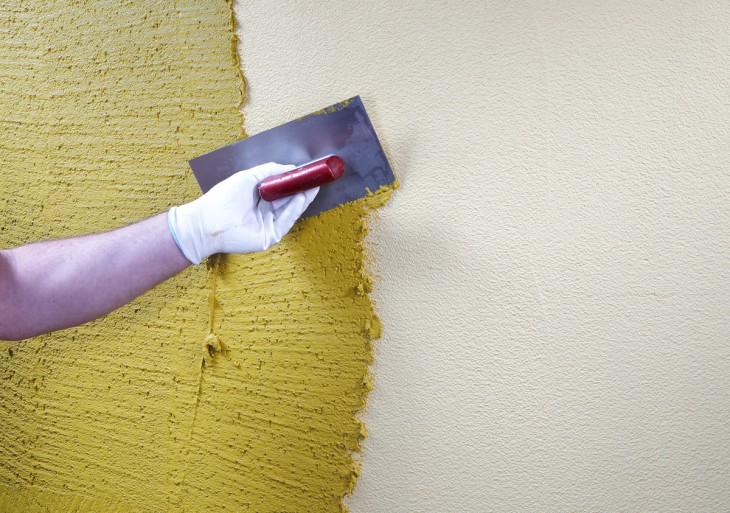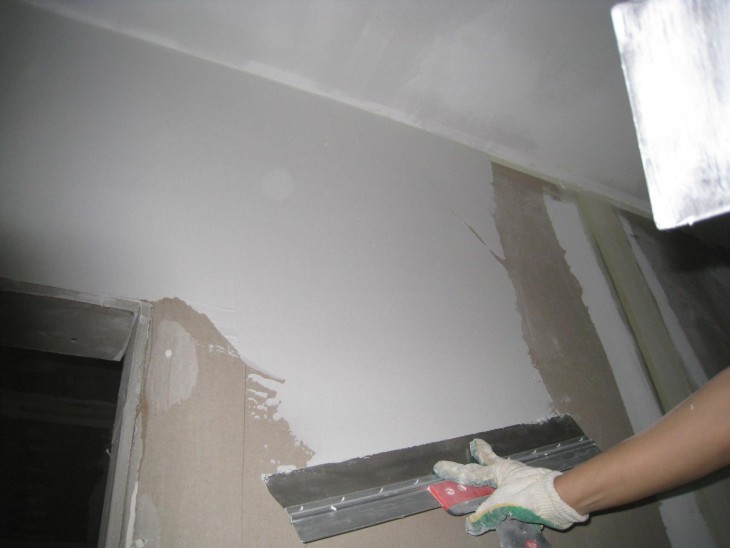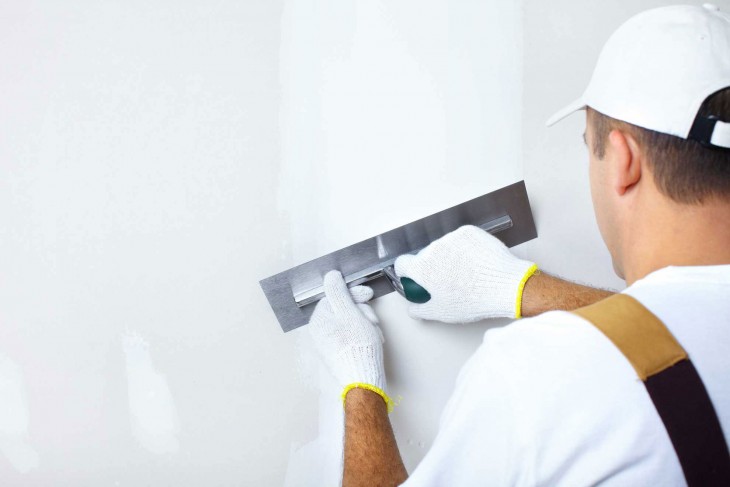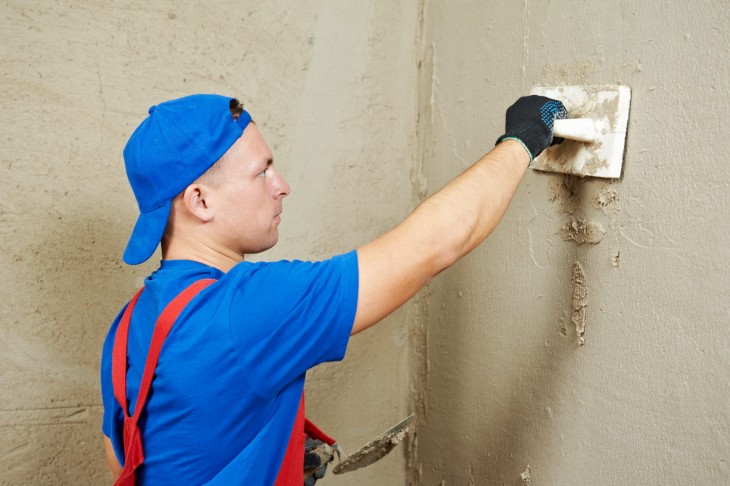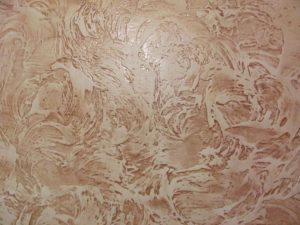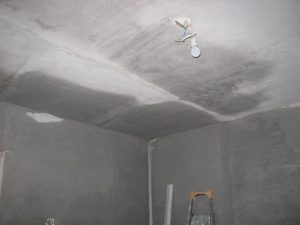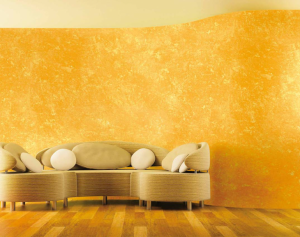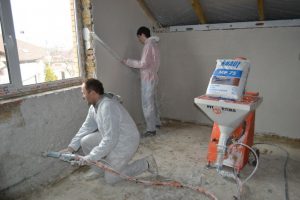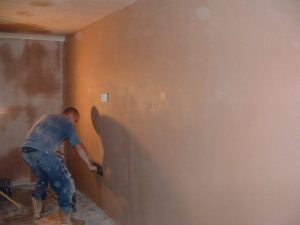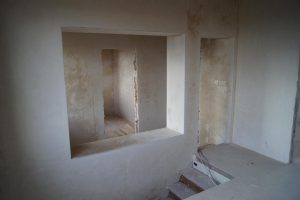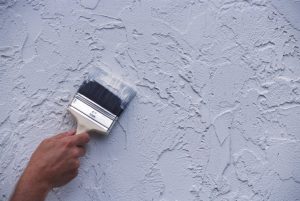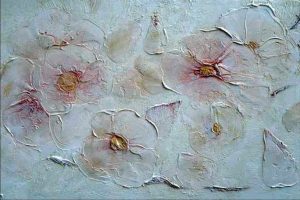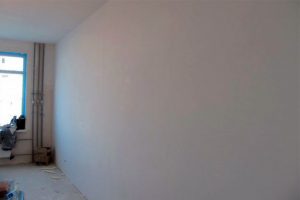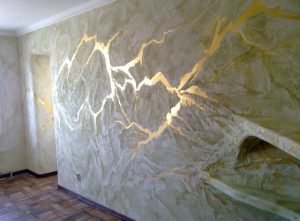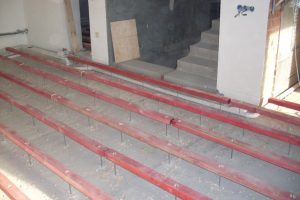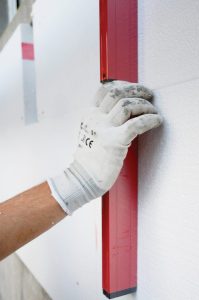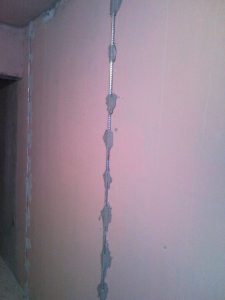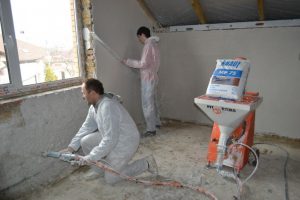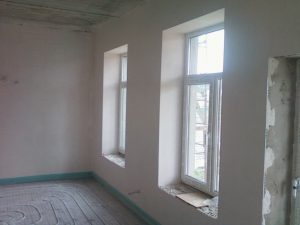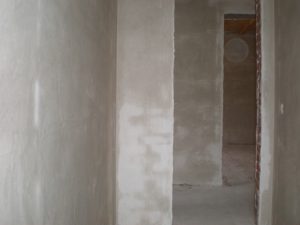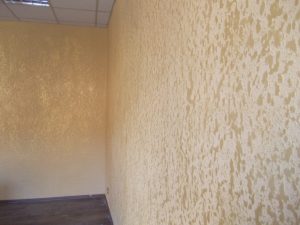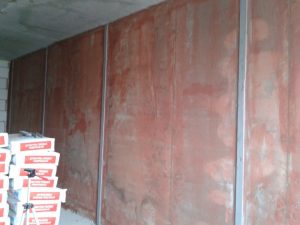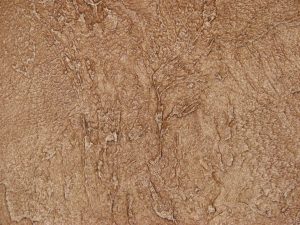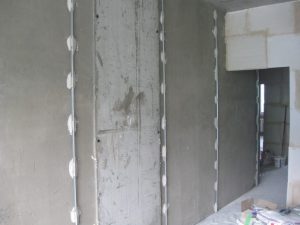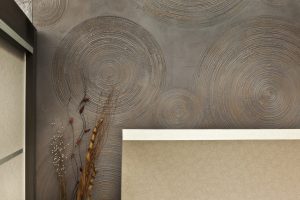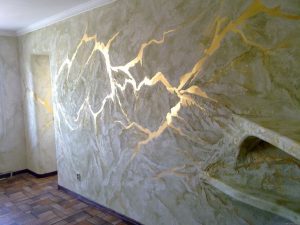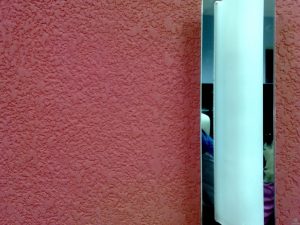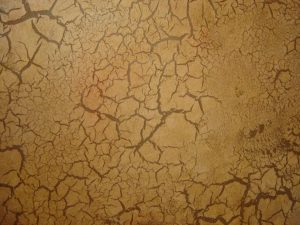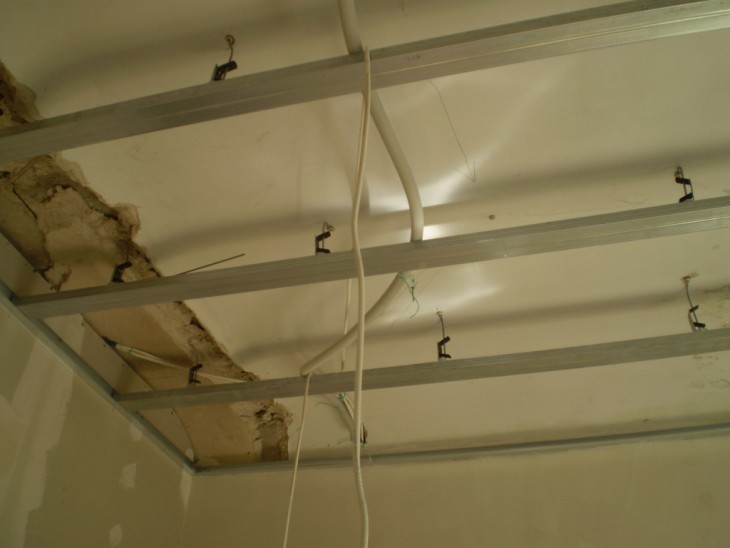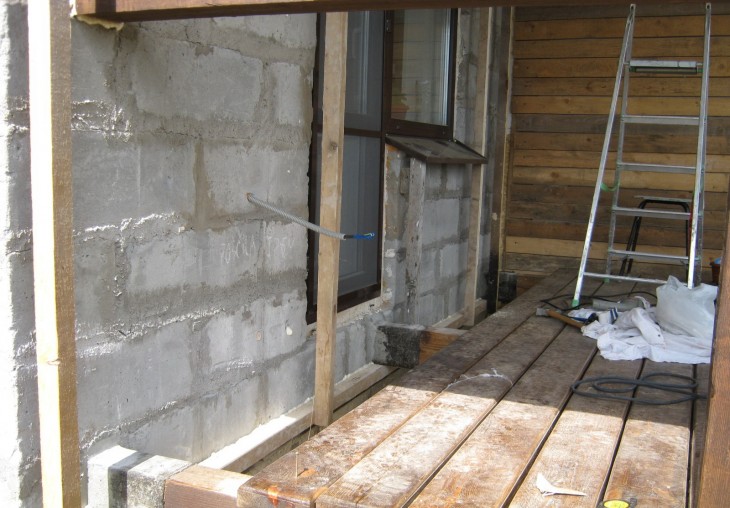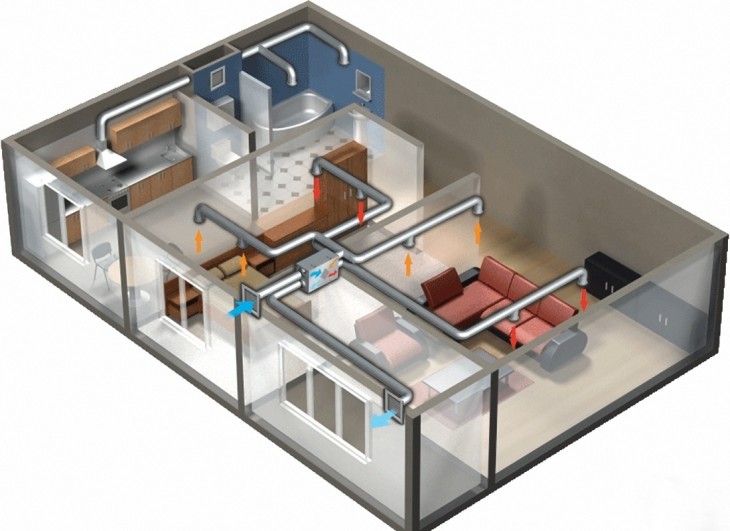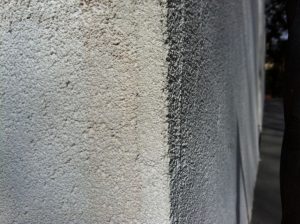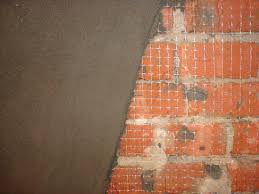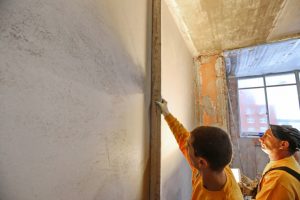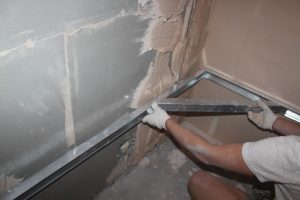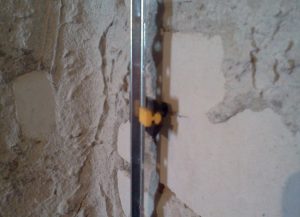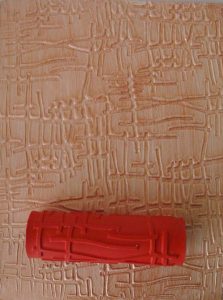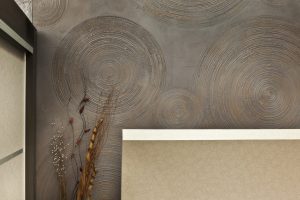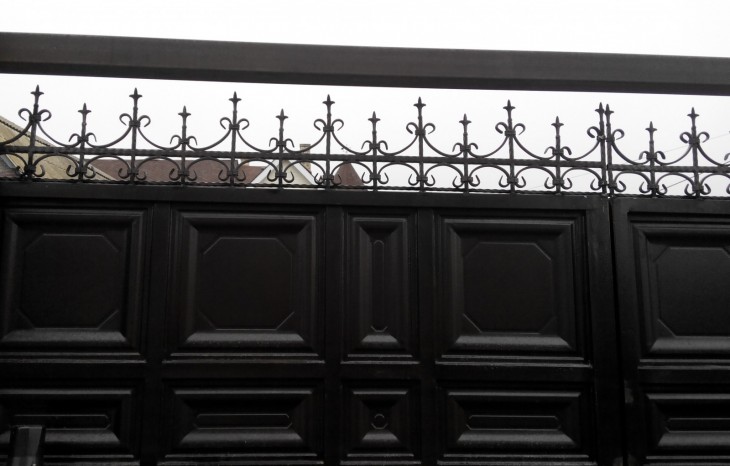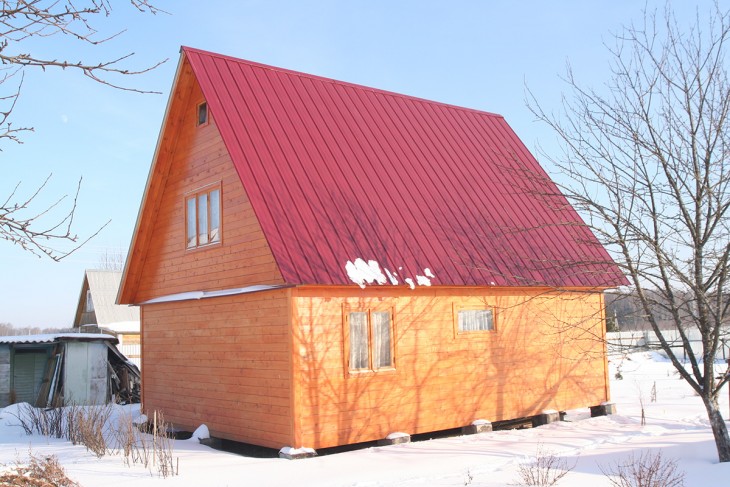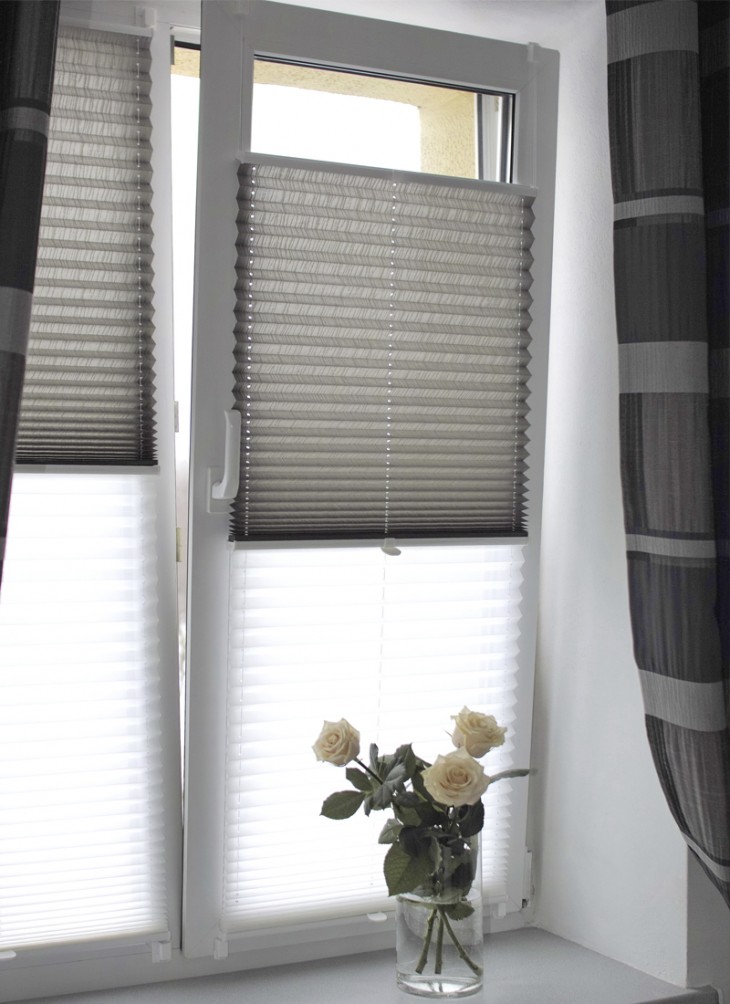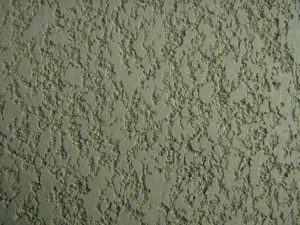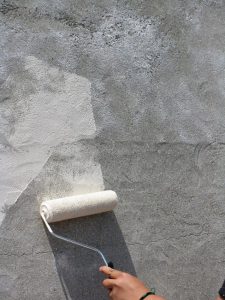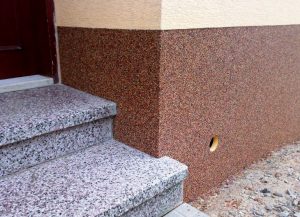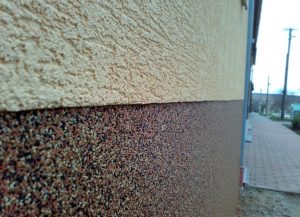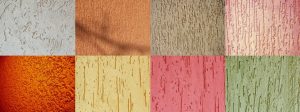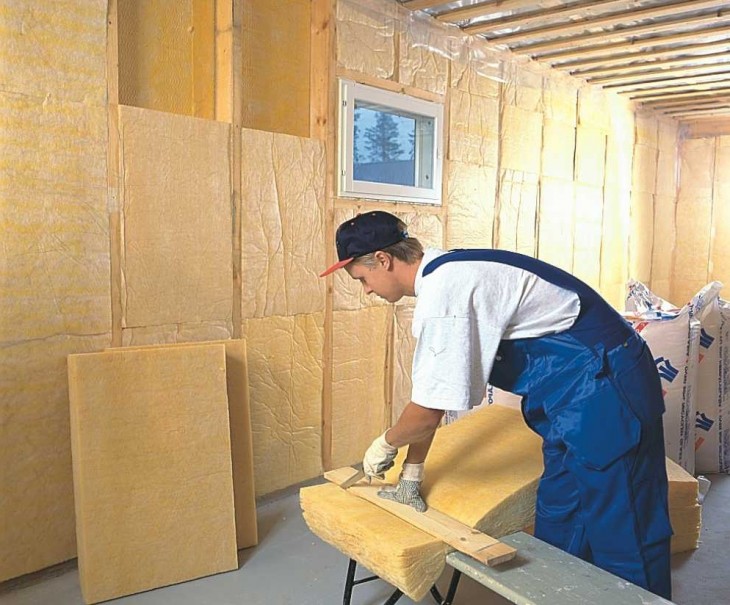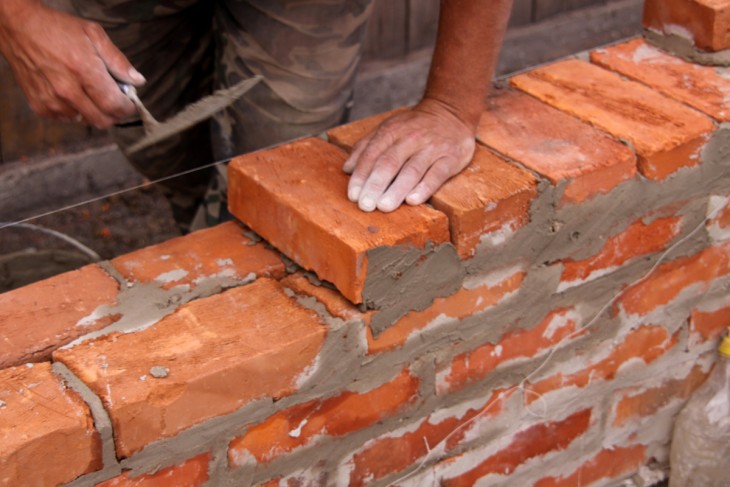If you make a major overhaul, then wall decoration with stucco will be required. Owners of "Khrushchev" first of all need to completely remove the old plaster.

As for new buildings, there is also enough work here. Often, newcomers are greeted with concrete walls that require decoration. And here you need cement plaster walls.
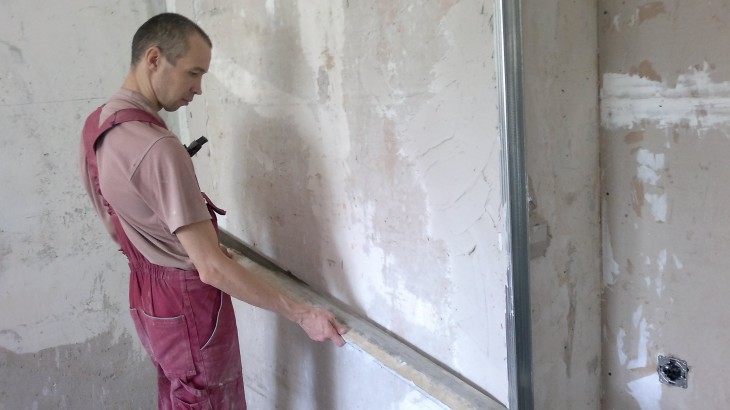
This method has been used for a long time. It allows you to prepare the surface for finishing.
Review Content:
What is suitable for plastering walls?
The composition of the finished mixtures must be selected taking into account the materials used in construction.
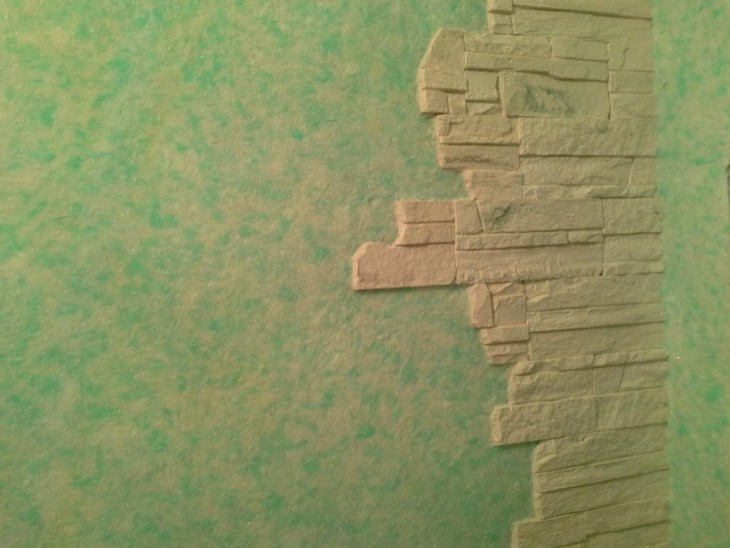
For brick surfaces, cement mortars are needed. Lime is added when work is carried out outdoors, and when there is excess moisture in the room.
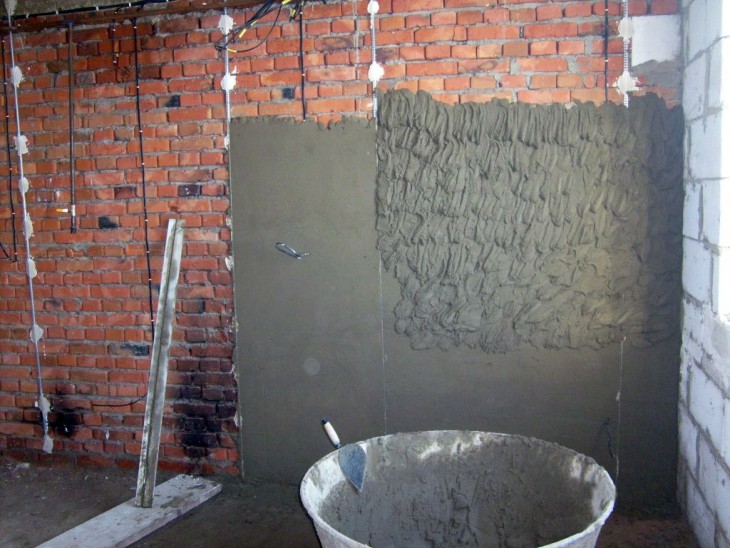
The internal plastering of the walls is applied evenly. In a brick house, plaster is applied with a layer of 30 mm. When the indicator does not exceed 20 mm, it is necessary to perform reinforcement using a grid.
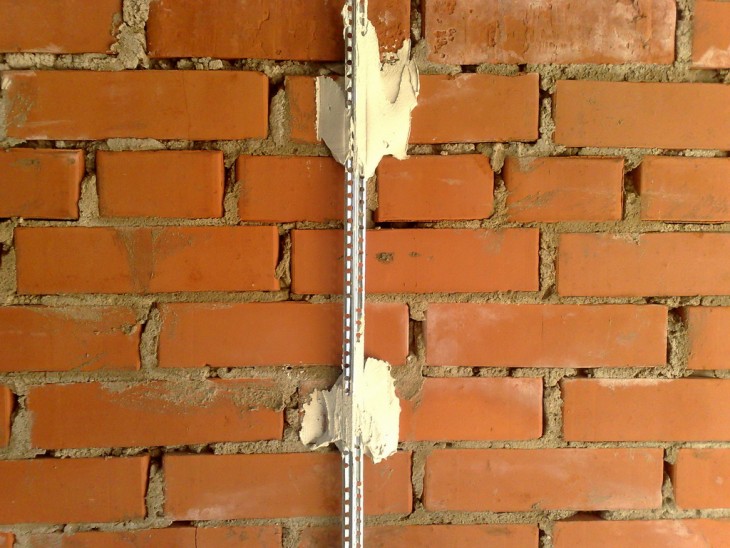
Solution. How to make the right choice?
The mortar for cement plaster walls is prepared as follows. Cement is mixed with sand in a ratio of 1/2. In addition, you can increase the amount of sand to 5 parts.
The composition is thoroughly mixed, then water is gradually poured into it. The solution should resemble a dough.
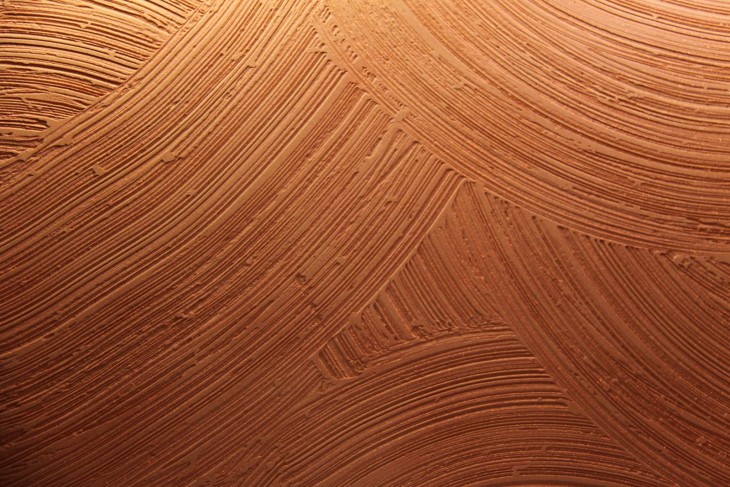
For the preparation of cement-lime mortar, cement with sand and lime is needed. One part of cement accounts for 6-8 parts of sand and up to 3 parts of lime. First of all, cement is mixed with sand. In the resulting composition is poured lime milk. All components are thoroughly mixed together.
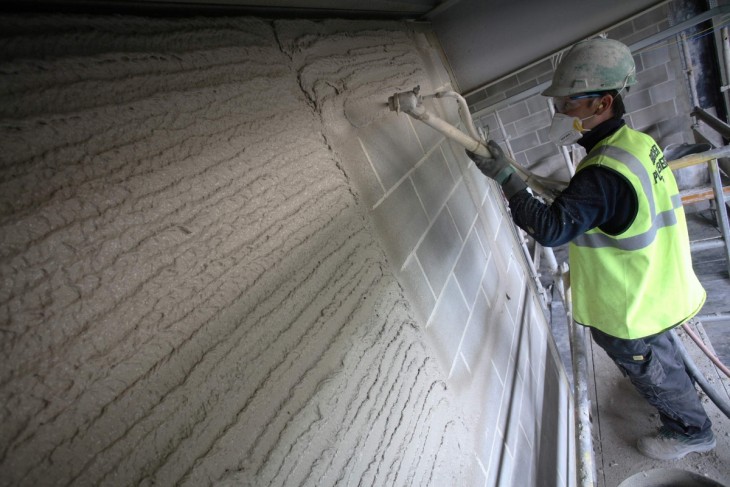
If the solution is too thick, dilute it with water. After adding fluid, all components must be mixed again.
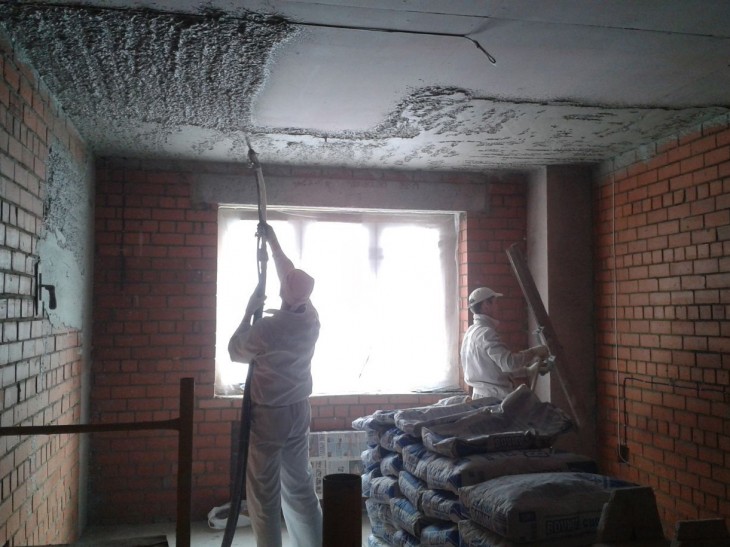
If the walls are lined with facing bricks, their plastering should be entrusted to professional builders. Stucco adheres poorly to material with a ground surface.
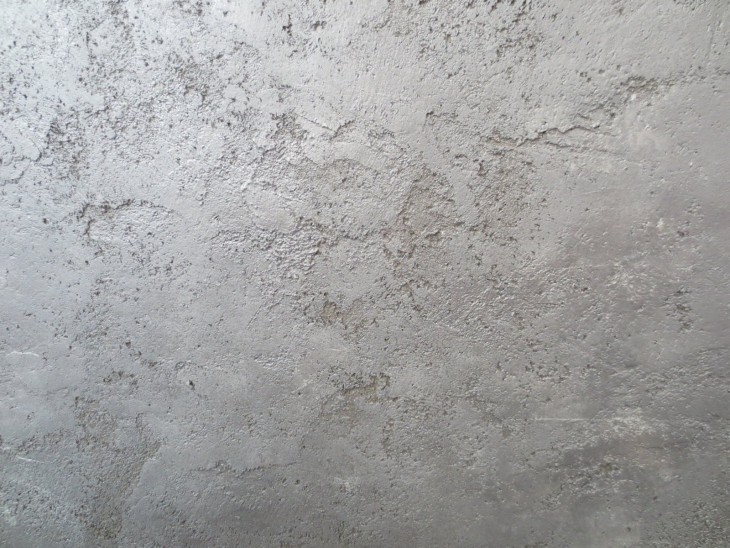
It will be difficult for a beginner without experience to properly plaster the surface. As a result, the plaster can peel off and pieces fall off the wall. Professionals in addition to their knowledge and skills apply reinforcement with a special primer.
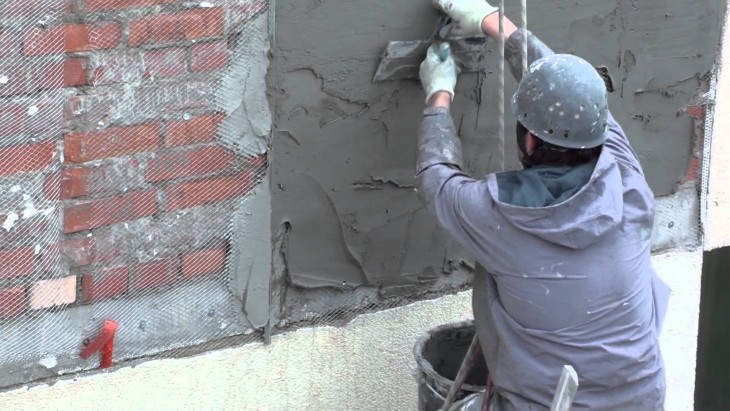
If you have to plaster a smooth wall of concrete, gypsum with quartz particles is added to the cement mixture. The latter give the surface the roughness necessary for good adhesion to the solution.
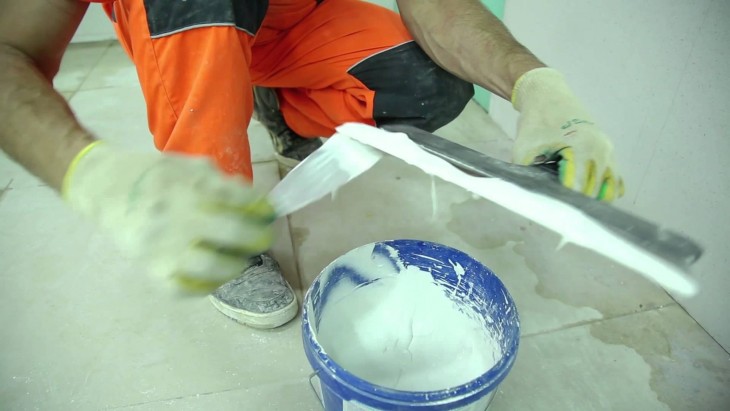
Gypsum-gypsum mortar is prepared from gypsum (1 part) and lime (3 or 4 parts). First, water is poured into the solution container, then gypsum is poured into it, and everything is thoroughly mixed. The consistency of the mixture should be semi-liquid. Lime is added, all parts are mixed again.
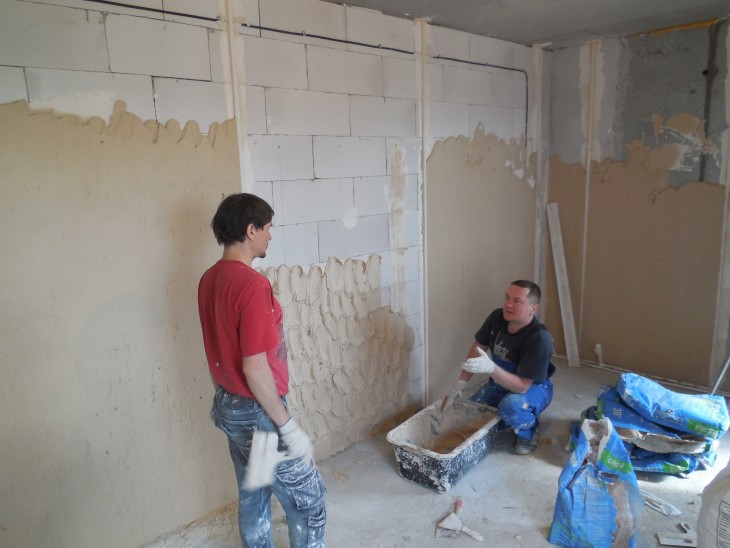
For a rough concrete wall, you can use Concrete Contact, and mortars are used on a cement and gypsum basis.
Walls from foam concrete before plastering are treated with primers of deep penetration. You can choose gypsum or cement mortars at your discretion.

A photo of wall plaster demonstrates the best interior design ideas. Coverage will be of high quality, if chosen correctly. You can consult with the manager of the construction store.
Note!

The modern market offers a wide range of mixtures that are easy to prepare. To get the finished composition, they just need to be mixed with water. An example of such a mixture is Rothband.

Plastering technology
When finishing wall plastering is required, many prefer to contact construction companies. The cost of plastering varies depending on the shape of the surface.
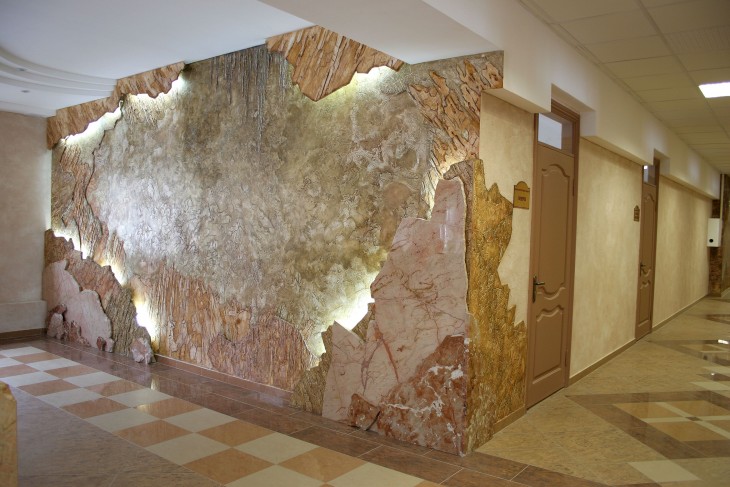
If the wall needs to be leveled, then the service will cost the customer at least 2 times more expensive. For 1 m2 the client will have to pay about 15 cu This does not include the cost of materials.

However, plastering work can be done with your own hands. A diligent performer who knows the technology will be able to make plastering efficiently.
The preparatory phase involves the removal of old finishing materials from the surface. In the masonry seams, recesses of about 1 cm are made in the brick wall to improve the adhesion of the plaster to the wall.
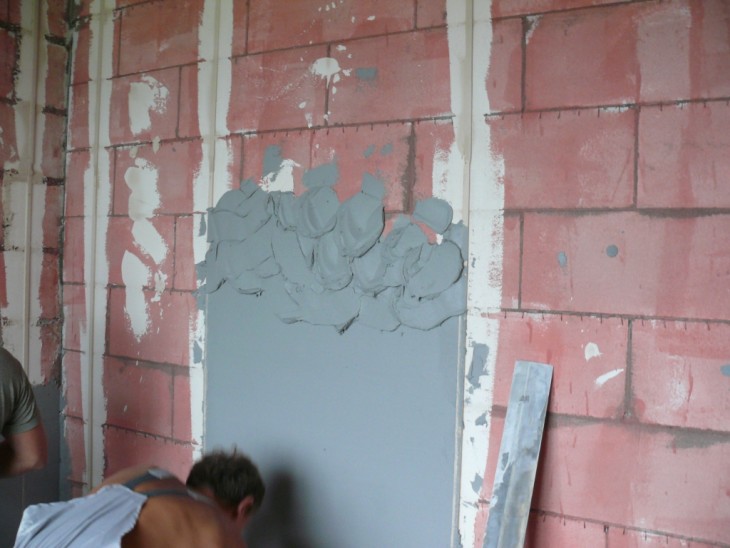
Note!
On the surface of a smooth concrete wall, notches are applied using a notch with a hammer. For a wooden wall, you will need to install a lath made of wood or mesh netting.
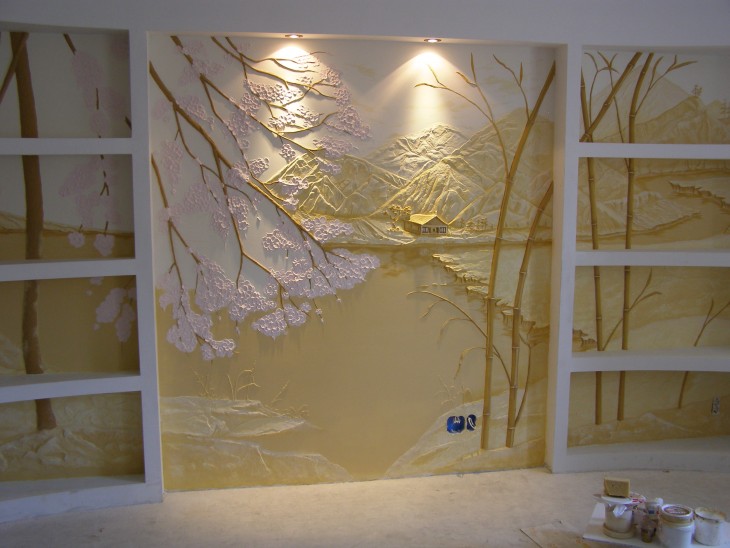
It is necessary to clean the floors and walls of dirt and dust.
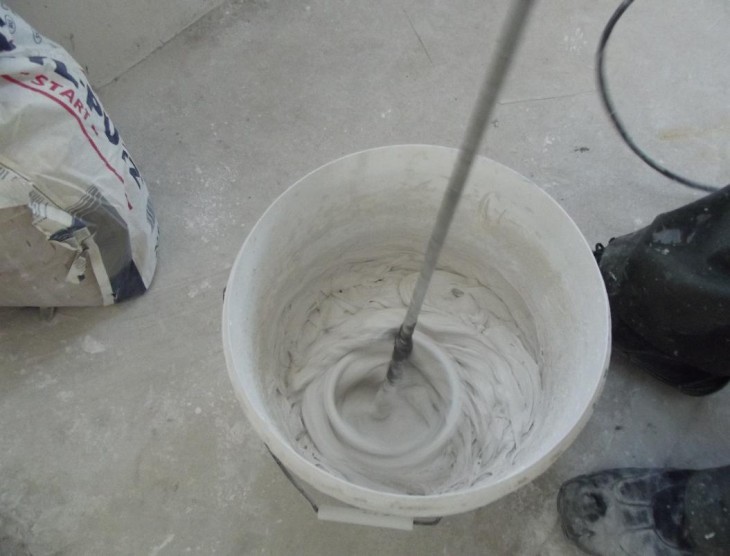
The walls of brick and wood are wetted with water. For concrete use a primer "Concrete Contact". Walls made of porous materials are treated with a deep penetration primer.
Solution preparation
For each plaster there is an instruction that should be followed.
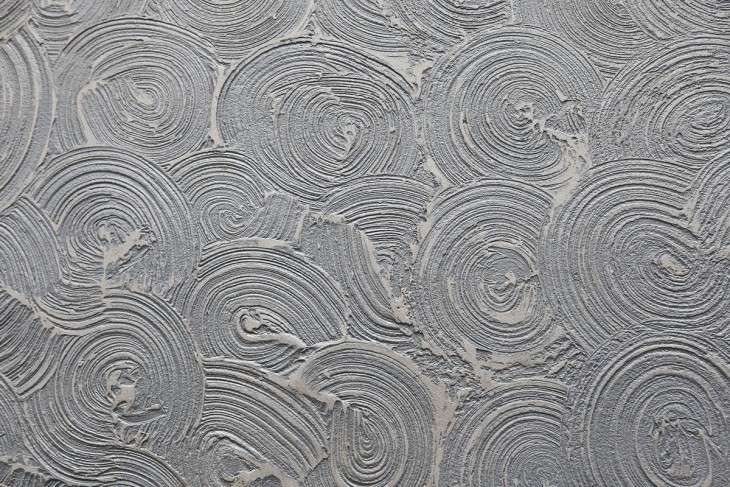
For example, if you want to prepare the Rotband plaster, you need to mix 30 kg of the mixture with 17 or 18 liters of water.

Water is poured into a large container, 6 or 7 trowels of the mixture are added. All mixed together. After that, the rest of the bag is poured out and kneaded with a drill with a special nozzle.
Note!
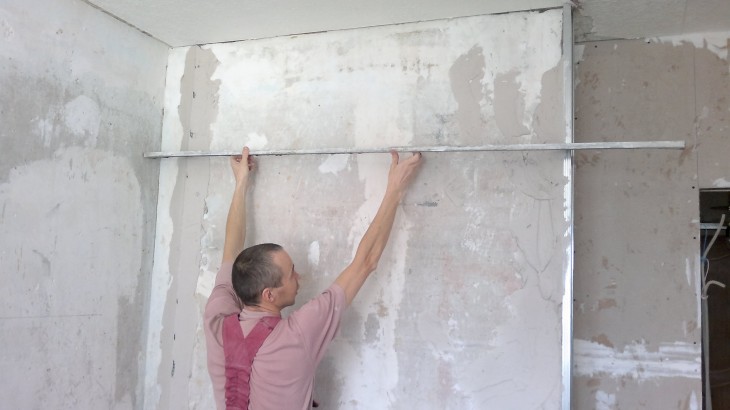
How is plaster applied?
Plastering can be done in various ways. The first layer was called "spray". The solution is poured onto the wall with a plaster blade. Smearing is a method that is not popular.

The second coat of “primer” is applied after the “spray” has dried. When leveling the plaster, the master should use the rule.

The third coat is used for finishing. Its thickness does not exceed 2 mm.
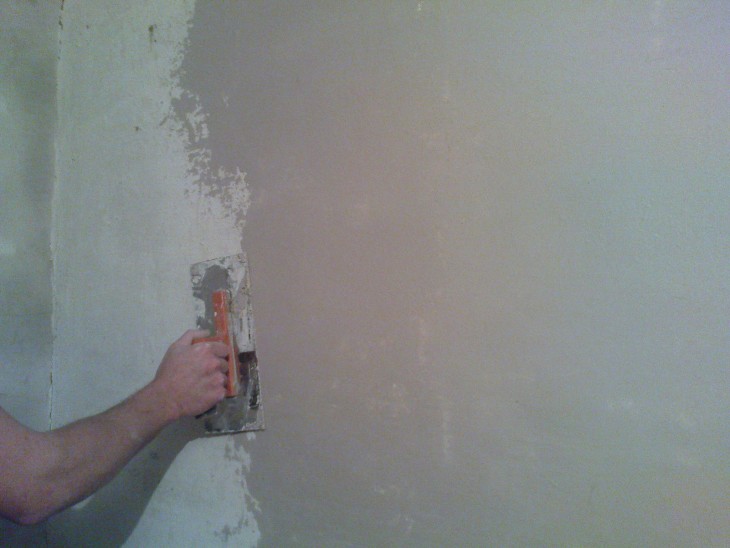
The plaster is grouted round or round.
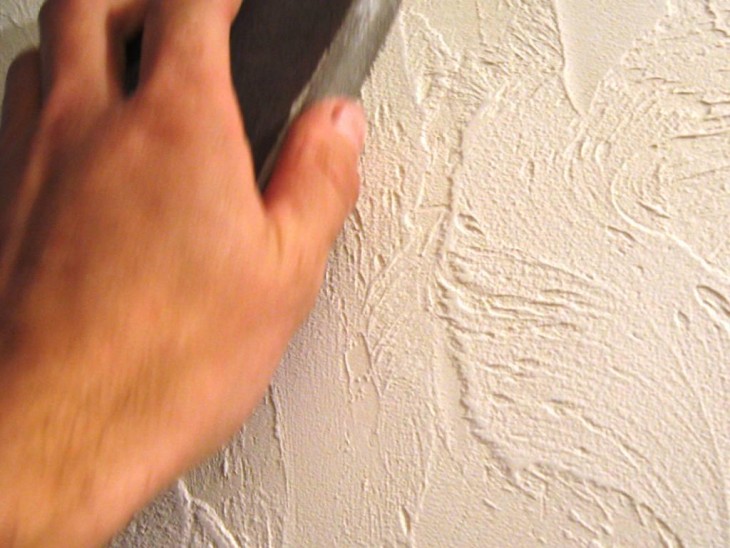
DIY wall plastering process photo
